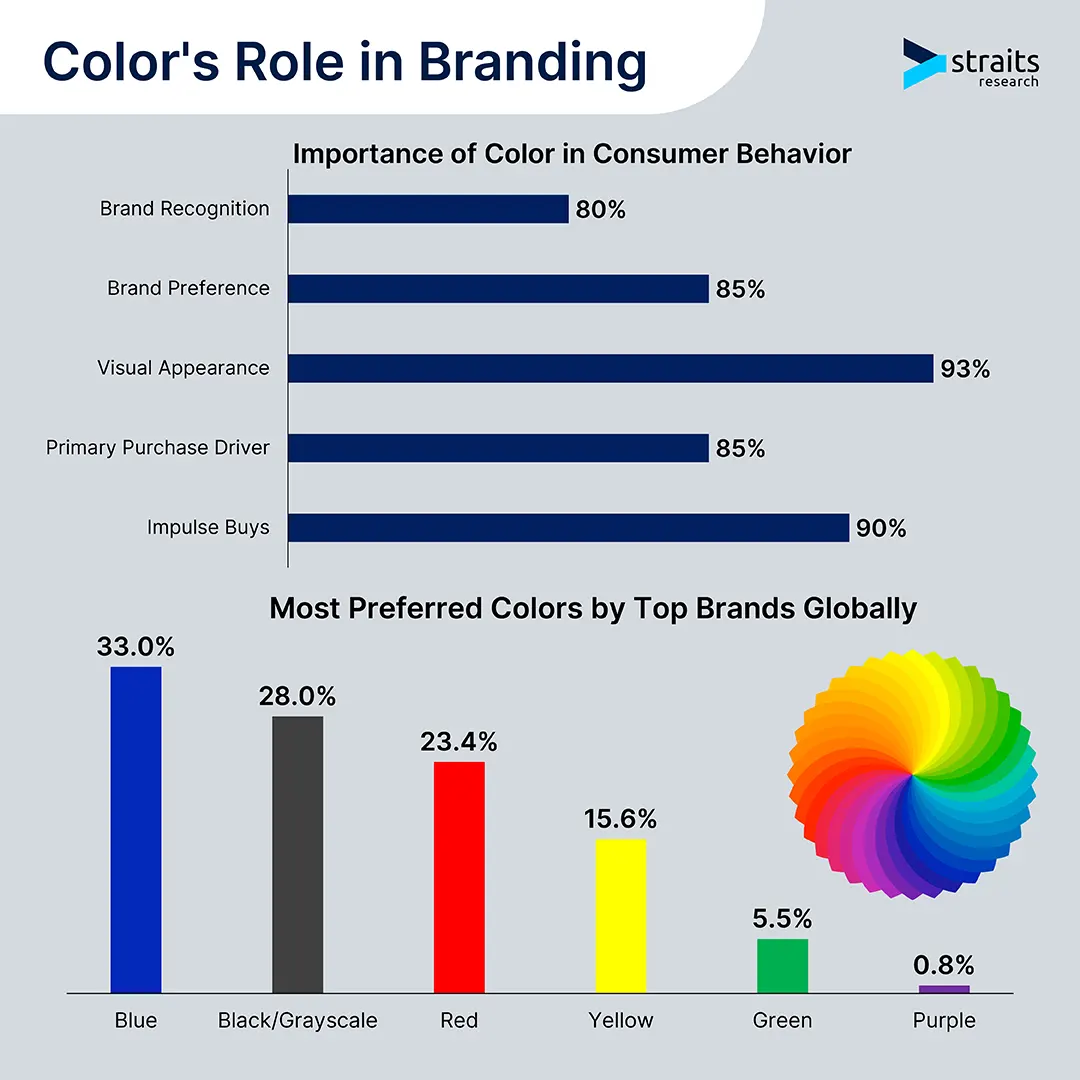Why is Santa Claus red and the Grinch green?
While we may never know the full story behind these iconic color choices, Santa’s jolly red suit and the Grinch’s sinister green hue perfectly reflect their characters, evoking the emotions they want us to feel!
Traditionally, colors have different emotional connotations attached to them for reasons that are both psychological and cultural. Either way, colors are an unspoken form of communication and are a vital tool for businesses to establish their brand and deliver a great customer experience. They can evoke the emotions you want customers to feel as they enter your store, influence their thought process, and even prompt them to take action.
How Different Colours Evoke Different Emotions?
Colors can make us see and feel the unwritten.
Vibrant colors like red, orange, and yellow are generally associated with energy, excitement, and anger. This is why they are usually used to advertise sales and price slashes in stores and attract shoppers to purchase more. By creating a sense of excitement, they can trigger impulse buying and potentially increase the customer’s basket size.
On the other hand, colors like blue, purple, and green are said to carry a relaxing and tranquil vibe. Soft color palettes are often used by businesses like flower shops, spas, and yoga studios to set the mood and make the customers feel calm.
Luxury brands also integrate metallic colors like gold and silver along with contrasting and deep shades to give a premium, extravagant, and exclusive feel to their customers. They stand out in a crowd and make the customers feel special and confident.
So, color can be a good indicator of your brand’s targeted customers and its position in the market. Although the psychological impact of every color isn’t absolute, certain colors tend to evoke common associations for most people. Understanding both the positive and negative meanings linked to specific colors can greatly influence your branding and marketing strategy, helping you make more informed and effective design choices.
See below a table of colors and common associated emotions (source: Trade Press Services).

The Role of Colours on Customer Behaviour?
Colors can be a strong determinant of the first impression of your business. Using colors that are both attractive and relevant can prompt the customer to take the next step in the buying journey. In fact, studies show that 52% of customers are unlikely to return to a store that doesn’t have good aesthetics.
Colors also play an important role in strengthening your brand image because they make it easier to identify your brand among a pool of competitors. Think of the icons of social media apps on your phone, which we usually recognize by the colors rather than the text itself!
Interestingly, research also shows that 93% of customers base their purchasing decision on the visual appeal of the product, and 85% believe that color is the primary reason (see the image below; source: Straits research).

What Brands Need to Know about Using Colours
When brands use colors for their products, and marketing campaigns, and incorporate them into the overall customer experience itself, it’s important to consider both psychological and cultural nuances along with the evolving customer expectations to ensure they align with your targeted customers. It is especially important for brands that cater to the global audience.
For example, the white color that resembles purity in some cultures is considered a sign of mourning in others. So, the same color that may have positive emotions associated in some cultures may have negative connotations in another and can affect customer experience differently.
McDonald’s stance in replacing its classic red background in the logo with green in outlets in Europe is a tactic to shift the narrative of ‘junk food.’ and appeal to the modern notions of consumerism. It’s a clear example of how brands may sometimes have to change their appeal to increase response rates.
Measuring Emotional Experience with the Emotional Value Index (EVI®)
Using the Emotional Value Index (EVI®), brands can measure how customers feel about their brand. While we don’t yet have a specific example linking the EVI score to colors, there is a clear connection between emotional experience (measured by the EVI score) and conversion rates. By deploying surveys at various touchpoints—from pre-purchase to post-purchase—you can track how customer behavior shifts based on different emotional experiences. Read here a case study of how a leading retailer in Finland does it.



